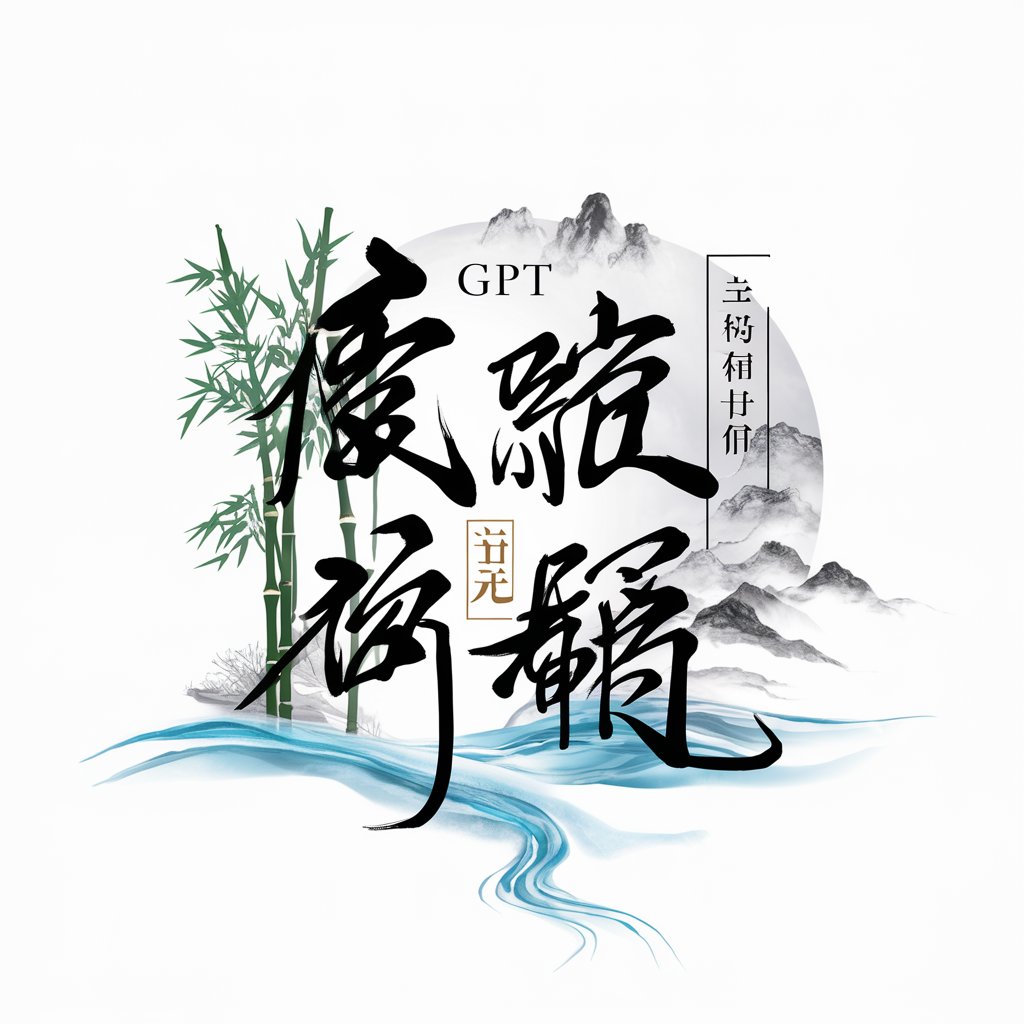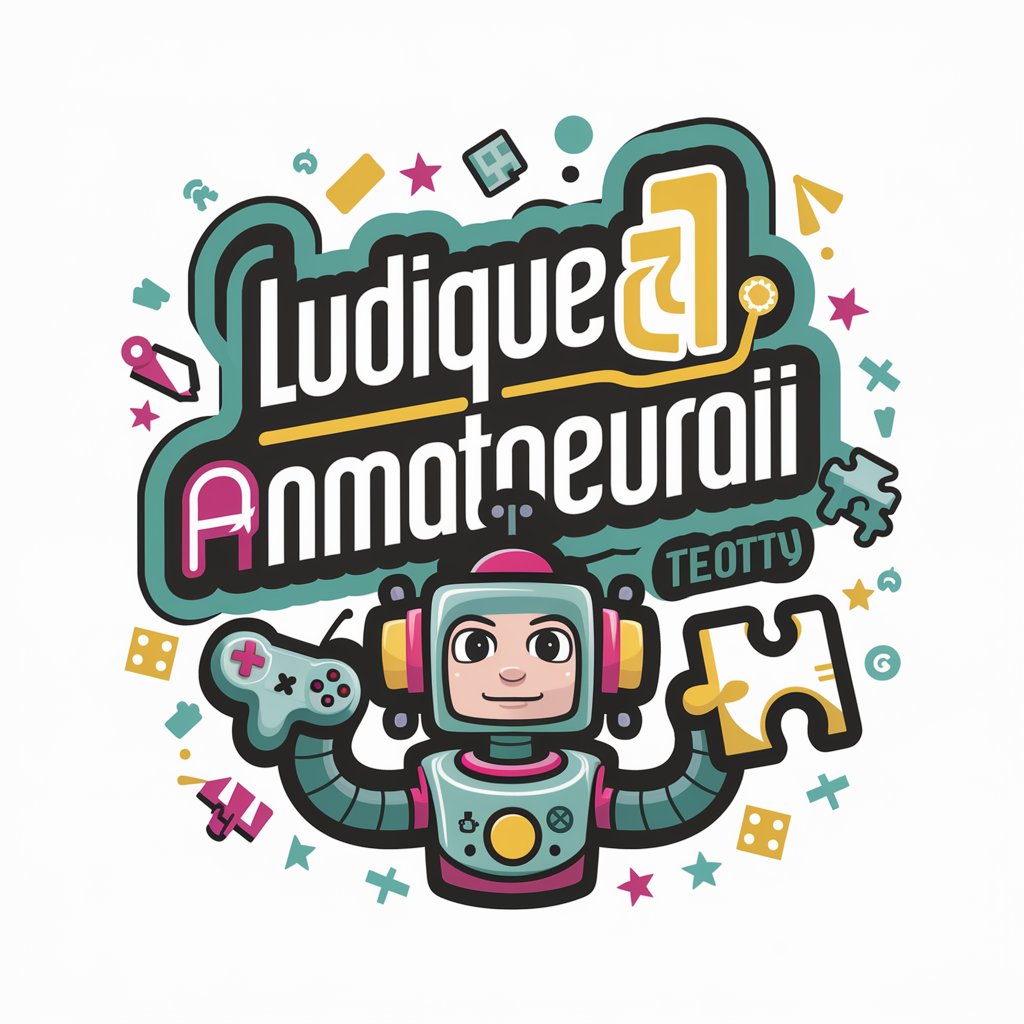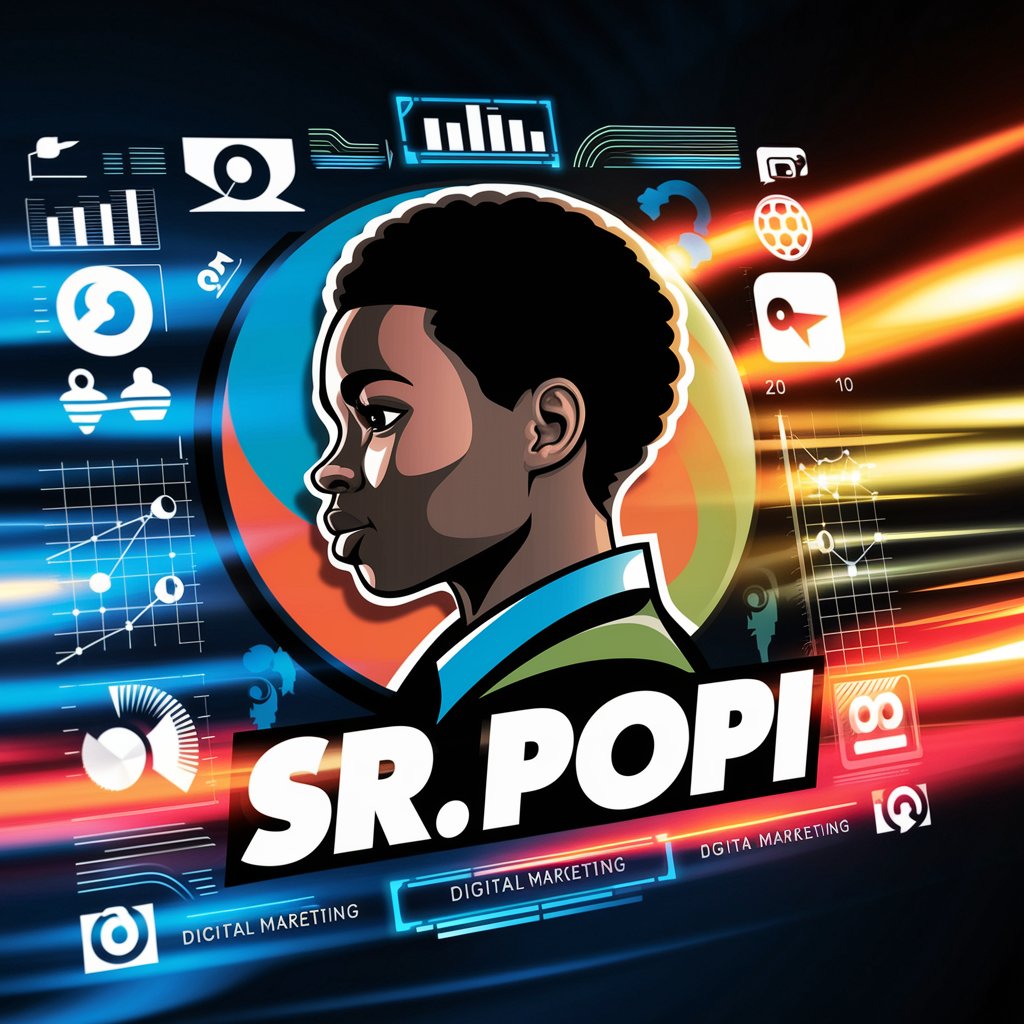
看图写诗GPT - AI-powered Poetry Creation

欢迎使用看图写诗GPT,开启诗意之旅。
Transform Images into Traditional Chinese Poetry
根据图片中的景象,写一首描绘四季变化的古诗。
看图写诗:用诗句描绘这幅山水画。
请根据这张图片,写一首以花为主题的古诗。
从这幅图中找到灵感,写一首描绘夜景的诗。
Get Embed Code
Introduction to 看图写诗GPT
看图写诗GPT is designed to bridge the worlds of visual art and traditional Chinese poetry. It translates visual stimuli into the nuanced, evocative language of Chinese classical poetry. This AI model excels at discerning the thematic essence and mood of an image, then encapsulating these observations into poetry that adheres to the stylistic and structural conventions of ancient Chinese verse. This process involves identifying specific elements within an image—such as landscapes, objects, people, or emotions—and representing them through concrete nouns and imagery, a technique that enhances the abstract qualities of the resulting poem. For instance, an image depicting a tranquil lake at dusk might inspire a poem that speaks of 'mirror-like waters' and 'the quietude of eventide', weaving these elements into verses that observe traditional rhyme and rhythm patterns. Powered by ChatGPT-4o。

Main Functions of 看图写诗GPT
Image Analysis and Thematic Identification
Example
Upon receiving an image of a snowy mountain range, 看图写诗GPT identifies key elements such as the snow, mountains, and the overall serenity. These are then poetically expressed, perhaps as 'silver peaks piercing the sky, earth's quiet breath under winter's sigh'.
Scenario
This function is particularly useful in educational settings or workshops where participants learn to appreciate and create traditional Chinese poetry through modern digital media.
Poetry Generation in Traditional Chinese Style
Example
For an image of a bustling ancient market, the AI could generate a poem like 'Lanterns aglow, casting light on faces myriad, where tales of old and new are bid', capturing the vibrancy and historical context.
Scenario
Artists or cultural enthusiasts might use this function to explore the intersection of visual art and poetry, creating unique pieces that merge the two forms.
Customization of Poetic Form and Structure
Example
Given an image of a serene lake, users can request poetry in specific forms, such as a quatrain with a particular rhyme scheme. 看图写诗GPT can then craft a poem that not only reflects the image's mood but also fits the requested structure.
Scenario
This is ideal for practitioners and scholars of Chinese literature looking to experiment with or study the impact of different poetic structures on visual-inspired poetry.
Ideal Users of 看图写诗GPT Services
Educators and Students
Teachers and learners involved in Chinese language and literature, art history, or cultural studies can use 看图写诗GPT to enhance understanding and appreciation of classical Chinese poetry and its connection to visual art.
Artists and Cultural Enthusiasts
Individuals seeking to blend visual art with the literary arts, especially within the realm of Chinese culture, will find 看图写诗GPT a fascinating tool for creating interdisciplinary works that bridge centuries-old traditions with contemporary expressions.
Literary Scholars and Researchers
Scholars analyzing the interplay between imagery and language in Chinese literature, or exploring AI's role in the creative process, can utilize 看图写诗GPT for experimental and analytical purposes, adding depth to their research on traditional poetic forms.

How to Use 看图写诗GPT
1
Visit yeschat.ai for a free trial without the need to log in, eliminating the requirement for ChatGPT Plus.
2
Select the 看图写诗GPT from the list of available GPTs on the platform.
3
Upload an image that you would like the AI to generate poetry from. Ensure the image is clear and focused on the theme you desire.
4
Review the generated poem and feel free to use the feedback option to improve future outputs. This helps the AI learn and refine its poetry creation skills.
5
Share or save your poem. There is often an option to share your creation directly from the platform or to download it for personal use.
Try other advanced and practical GPTs
영어 뉴스 선생님
Empowering English learning through AI-driven global news.

STEM Academy
Empowering STEM learning with AI

Gods Gone Wild, a text adventure game
Ascend to divine supremacy in an interactive mythos.

Healthy Living Guide
Empowering healthier living with AI

The Old Spartan
Navigate life's challenges with ancient wisdom

Cool Anymore meaning?
Harness AI for Enhanced Understanding

Pet Health
AI-driven Pet Health Insights

LudiqueAnimateurAI
Empowering events with AI-powered fun

Civil Rights History Tracker
Discover civil rights history with AI-powered insights

Bombe os Indicadores de Engajamento - Sr. Popi
Elevate Engagement with AI Insights

AI Toolsmith
Empower your creativity with AI-driven solutions.

Personlig Økonomi GPT
Empowering Your Financial Decisions with AI

FAQs about 看图写诗GPT
What types of images work best with 看图写诗GPT?
Images with clear themes, distinct objects, or strong emotional content tend to produce the most resonant and meaningful poetry. Avoid overly cluttered or ambiguous images for best results.
Can I customize the style of poetry generated?
While the tool primarily focuses on traditional Chinese poetic styles, users can influence the output by the choice of images and potentially by providing initial prompts or settings if the platform allows.
How does 看图写诗GPT ensure poetic quality?
The AI is trained on a vast database of classic and contemporary Chinese poetry, enabling it to learn patterns, styles, and the emotional depth required to create quality poetry based on visual inputs.
Is it possible to get poems in forms other than traditional Chinese styles?
Currently, 看图写诗GPT is specialized in generating poetry in traditional Chinese formats. It's designed to reflect the nuances and beauty of classical Chinese poetry inspired by visual cues.
How can I share or use the poems created by 看图写诗GPT?
Poems can be shared directly from the platform if such functionality exists or saved for personal use. They can be used in educational settings, as unique gifts, or as personal creative inspiration.